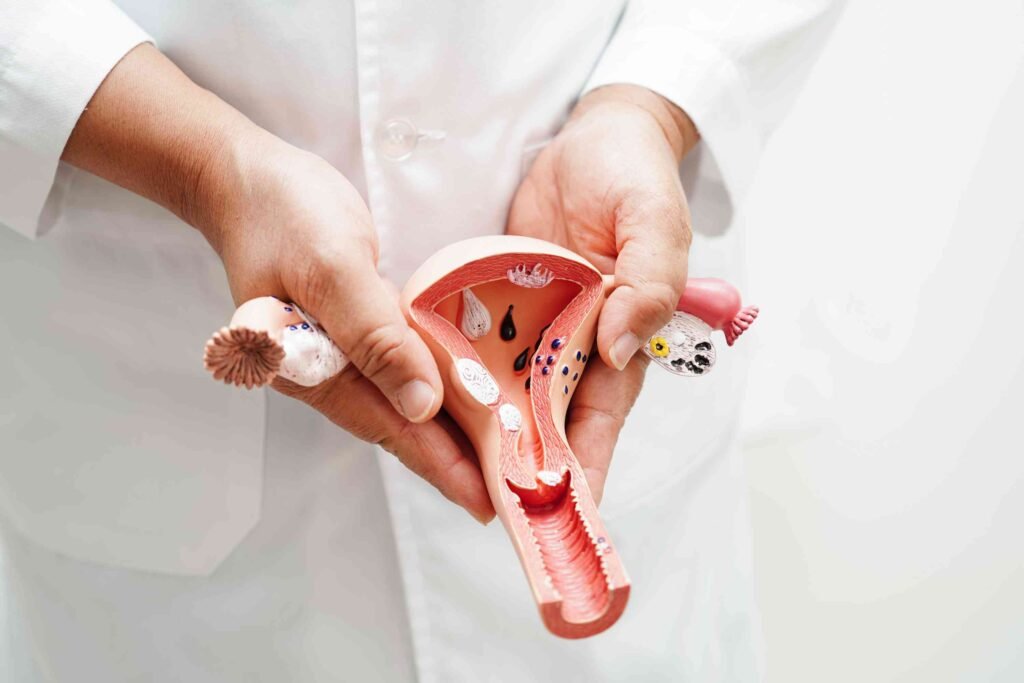The Importance of Regular Pap Smears and Pelvic Exams
Let’s be honest—no one gets excited about going to the doctor for a pelvic exam or Pap smear. But here’s the thing: taking those few uncomfortable minutes can truly save your life. Whether you’re in your 20s or approaching menopause, Pap Smears and Pelvic Exams are a crucial part of preventive health care that too many people put off or ignore altogether.
In this post, we’re going to break down exactly why these exams matter, what to expect, when to get them, and how they can empower you to take control of your health. It’s not about fear—it’s about awareness. So, let’s talk about it in real terms, the way friends would over coffee, just with a little more science and a lot more care.
Why Pap Smears and Pelvic Exams Matter So Much?
We’re used to hearing the phrase “early detection saves lives,” and nowhere is that more true than in gynecological health. Pap Smears and Pelvic Exams are two routine procedures that work together to detect problems early—sometimes long before symptoms even appear.
Let’s break this down a bit:
What Is a Pap Smear?
A Pap smear (also called a Pap test) is a screening tool used to detect abnormal cells in the cervix that could potentially develop into cervical cancer. It’s not a diagnostic test per se, but rather a red flag detector. If anything unusual is found, your doctor might recommend further testing.
This test is especially important because cervical cancer often has no symptoms in its early stages. By the time symptoms like bleeding or pain appear, the disease may have already progressed. A simple Pap smear can detect precancerous changes before they become dangerous.

What Is a Pelvic Exam?
A pelvic exam is a broader physical examination that allows your healthcare provider to assess the health of your reproductive organs, including the vulva, vagina, cervix, uterus, fallopian tubes, and ovaries. It can help detect cysts, fibroids, infections, and other issues.
Together, Pap Smears and Pelvic Exams act as a double shield of protection. One screens for cervical cancer; the other checks for a variety of other gynecological conditions. Neither should be skipped.
Who Needs Pap Smears and Pelvic Exams?
A common misconception is that these exams are only for women who are sexually active or over a certain age. In reality, the guidelines apply more broadly.
- Women ages 21 to 29 should start getting Pap smears every three years.
- Women ages 30 to 65 can opt for a Pap smear combined with an HPV test every five years, or a Pap smear alone every three years.
- Pelvic exams are generally recommended annually, although this can vary based on individual health needs.

Even if you’re not currently sexually active, Pap Smears and Pelvic Exams still matter. HPV (human papillomavirus), the virus responsible for most cervical cancers, can remain dormant for years. So even if you’re in a long-term monogamous relationship or haven’t been sexually active for a while, screenings are still important.
What to Expect During the Exam?
The idea of lying on a table with your feet in stirrups can feel more than a little daunting. But knowing what to expect can ease a lot of that anxiety.
During a Pap Smear
- You’ll lie back and place your feet in the stirrups.
- A speculum will be inserted to gently open the vaginal walls.
- Your provider will use a small brush or spatula to collect cells from your cervix.
- The sample is sent to a lab for analysis.
The whole process usually takes less than five minutes and is generally not painful—just a bit uncomfortable.
During a Pelvic Exam
This may be done at the same time as the Pap smear. It includes:
- An external visual check of the vulva.
- An internal check using the speculum.
- A bimanual exam, where the doctor uses gloved fingers inside the vagina while pressing on the abdomen to feel the uterus and ovaries.

Sometimes, a rectovaginal exam may be included, especially if you’re over 40. It all sounds clinical, but again—it’s quick and can detect problems early.
The Risks of Skipping These Exams
It’s easy to push things like this to the bottom of your to-do list. You’re busy, you feel fine, nothing seems wrong… so why go through the discomfort?
Here’s the reality: cervical cancer doesn’t always give you a warning sign. Neither do ovarian cysts or STIs in many cases. Skipping regular Pap Smears and Pelvic Exams is like skipping oil changes for your car—except the consequences are a lot more serious than a broken-down engine.
Undiagnosed issues can lead to:
- Fertility problems
- Chronic pain
- Advanced-stage cancer
- STIs going untreated
- Hormonal imbalances

Myths and Misconceptions About Pap Smears and Pelvic Exams
Let’s debunk a few common myths.
1. “I don’t need one because I got the HPV vaccine.”
False. The HPV vaccine is incredibly effective, but it doesn’t protect against all cancer-causing strains of the virus. You still need to be screened.
2. “I’m not sexually active, so I’m not at risk.”
Also false. As mentioned earlier, HPV can lie dormant for years. Plus, pelvic exams check for more than just sexually transmitted issues.
3. “I had a hysterectomy, so I don’t need a Pap smear.”
This depends on why you had the hysterectomy. If it was due to cancer or precancerous cells, you might still need screening.
Emotional and Cultural Barriers:
We can’t ignore the fact that for many people, especially women of color, LGBTQ+ individuals, and survivors of trauma, the idea of these exams can be especially triggering. It’s okay to acknowledge that.
It’s important to find a healthcare provider who listens, respects your boundaries, and explains what they’re doing every step of the way. You deserve care that feels safe and supportive.
If anxiety is a major roadblock, talk to your provider ahead of time. There are ways to make the process more comfortable, from taking breaks to using smaller instruments.
How to Prepare for Your Appointment?
Here are a few tips to make the experience a little smoother:
- Avoid intercourse, douching, or using vaginal products 48 hours before your Pap smear.
- Try to schedule your appointment with your gynecologist when you’re not on your period, although light spotting is usually not an issue.
- Write down any questions or symptoms you want to discuss.
- Take a deep breath. You’ve got this.

What Happens If Something’s Found?
A normal Pap result? Great—you’re good until your next scheduled screening.
If your results are abnormal, don’t panic. It doesn’t mean you have cancer. It might mean there are cell changes that need monitoring or further testing like a colposcopy or biopsy.
Catching issues early allows for simpler, less invasive treatment. Many abnormalities resolve on their own, but monitoring is key.
Conclusion:
There are a lot of things we do to stay healthy—eating right, exercising, getting enough sleep. But there’s one powerful form of self-care that often gets overlooked: Pap Smears and Pelvic Exams.
They’re not glamorous. They’re not fun. But they are effective, empowering, and potentially life-saving. So, let this be your gentle nudge: take charge of your reproductive health. Book that appointment. Talk to your provider. And remind the people in your life to do the same.



